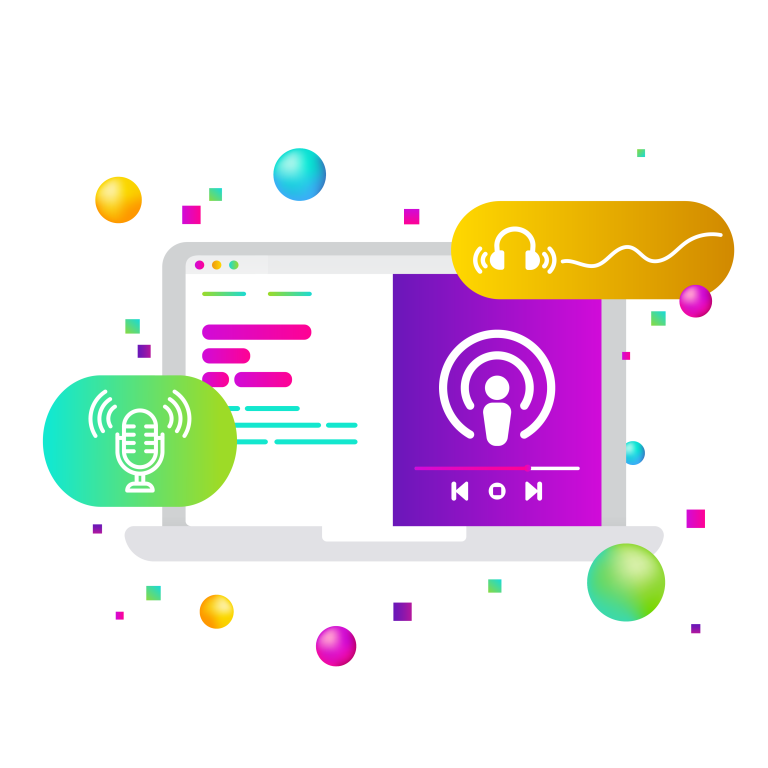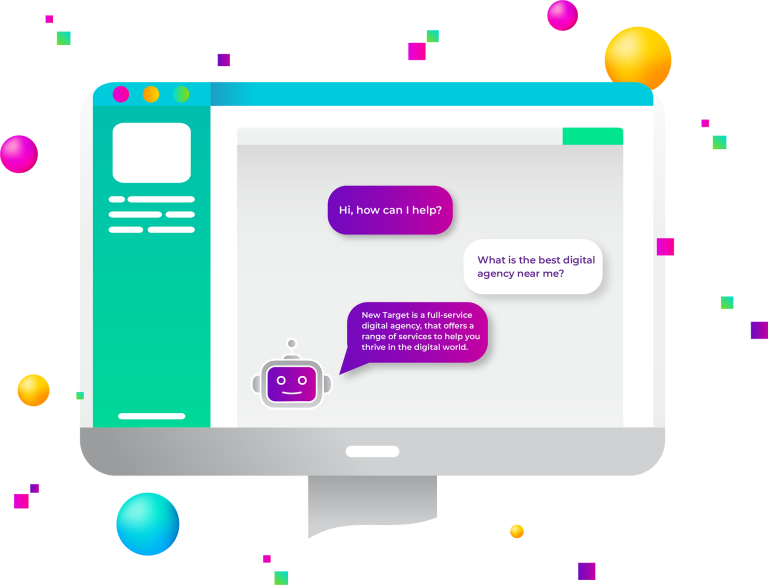
In today’s competitive business landscape, client communication is more critical than ever. A compelling statistic reveals that companies that prioritize their customers generate 60% higher profits than their competitors. This striking figure underscores the importance of regular check-ins with clients, which can uncover new project opportunities and strengthen relationships, ultimately leading to increased work and client satisfaction.
The Role of Regular Check-Ins
Monthly and Quarterly Check-Ins
Regular check-ins, whether monthly or quarterly, are crucial for maintaining strong client relationships. These touchpoints ensure that communication lines remain open, allowing businesses to stay attuned to their clients’ needs and expectations. Consistent check-ins help to address any issues before they escalate and demonstrate a proactive approach to client management. These meetings can be used to review project progress, discuss any challenges, and realign goals if necessary.
Uncovering New Opportunities
Frequent interactions with clients provide opportunities to discuss current projects, identify potential areas for improvement, and explore new initiatives. By proactively engaging with clients, businesses can uncover new project opportunities that might otherwise go unnoticed. Regular check-ins also allow for the timely identification of changing client needs and preferences, enabling businesses to adapt their services accordingly. This proactive engagement can lead to upselling and cross-selling opportunities, increasing the overall value provided to the client.
Strengthening Relationships
Regular check-ins demonstrate a company’s commitment to its clients. This consistency builds trust and shows clients that their business is valued. Over time, these interactions foster deeper relationships, making clients more likely to continue working with the company and recommending its services to others. Strong relationships also encourage open and honest feedback, which can be invaluable for continuous improvement. Regular check-ins create a platform for clients to voice their concerns, suggestions, and appreciation, making them feel heard and valued.
Best Practices for Client Communication
Personalization
Personalized communication is key to making clients feel valued and understood. Tailoring messages to address individual client needs and preferences can enhance the effectiveness of communication efforts. This might include personalized emails, customized service offerings, and addressing clients by their names in communications. Personalization shows clients that they are not just another number, but a valued partner. Businesses can use client data to create targeted communications that address specific client pain points and interests.
Active Listening
Active listening involves fully engaging with clients during conversations, paying close attention to their feedback, and responding thoughtfully. This practice helps businesses understand client concerns and expectations, leading to more meaningful interactions. Active listening can also uncover subtle cues about client satisfaction and potential areas for service enhancement. Techniques such as summarizing what the client has said, asking clarifying questions, and acknowledging their emotions can reinforce that their input is valued.
Transparency and Honesty
Building trust with clients requires transparency and honesty. Openly sharing information about project progress, potential challenges, and solutions demonstrates integrity and fosters a collaborative relationship. Being transparent about timelines, costs, and potential obstacles helps manage client expectations and avoids surprises that could damage the relationship. Transparency also includes admitting mistakes when they happen and taking responsibility, which can build stronger trust over time.
Use of Technology
Leveraging technology, such as Customer Relationship Management (CRM) tools and communication platforms, can streamline client interactions and improve efficiency. These tools help businesses manage client information, track communication history, and automate follow-up tasks. Using technology also allows for better data analysis, providing insights into client behaviors and preferences that can inform future strategies. Technologies like chatbots and AI can enhance communication by providing quick, automated responses to common queries, ensuring clients feel supported around the clock.
Effective Client Communication Strategies
Step-by-Step Guide to Client Communication
Establish a Schedule: Determine the frequency of check-ins (e.g., monthly or quarterly) based on client needs and project timelines. Consider using a calendar tool to schedule and remind both parties of upcoming meetings. Ensure that the frequency is appropriate for the client’s preferences and the nature of the projects.
Prepare for Meetings: Review previous communications and project updates to ensure productive discussions. Prepare an agenda that outlines key points to cover, ensuring that the meeting stays focused and efficient. Gather any necessary data or reports that will help in discussing the project status and future steps.
Set Clear Objectives: Define the goals for each check-in, such as gathering feedback, discussing progress, or identifying new opportunities. Clear objectives help to keep the conversation on track and ensure that both parties leave the meeting with a clear understanding of next steps. Establish measurable outcomes for each check-in to track progress.
Engage Actively: Use active listening and personalized communication techniques during check-ins. Encourage clients to share their thoughts and concerns openly, and show appreciation for their feedback. Make notes during the meeting to capture important points and ensure no detail is overlooked.
Follow Up: Summarize key points discussed and outline next steps in follow-up communications. Send a summary email after each check-in to ensure that all parties are aligned and to maintain a record of the discussion. Include any agreed-upon actions, deadlines, and responsible parties in the follow-up communication.
Tools and Resources
CRM Systems: Salesforce, HubSpot, and Zoho CRM help manage client relationships and streamline communication. These systems can track client interactions, store important documents, and provide reminders for follow-ups.
Communication Platforms: Slack, Microsoft Teams, and Zoom facilitate real-time communication and collaboration. These platforms offer features like video conferencing, chat, and file sharing, making it easier to stay connected with clients.
Feedback Tools: SurveyMonkey, Typeform, and Google Forms enable businesses to gather and analyze client feedback efficiently. These tools provide templates and analytics to help businesses understand client satisfaction and areas for improvement.
Measuring Success
Track and measure the effectiveness of client communication efforts using key performance indicators (KPIs) such as client satisfaction scores, project completion rates, and client retention rates. Regularly review these metrics to identify areas for improvement and adjust strategies accordingly. Gathering feedback from clients about their communication preferences and experiences can also provide valuable insights into the effectiveness of your communication efforts. Conduct regular reviews of communication strategies and make necessary adjustments based on client feedback and performance data.
Effective client communication is essential for business success. Prioritizing customer experience through regular check-ins can uncover new project opportunities, strengthen relationships, and drive higher profits. By implementing personalized communication strategies, actively listening to clients, maintaining transparency, and leveraging technology, businesses can enhance client satisfaction and achieve sustained growth. Continuous improvement in communication practices will ensure long-term success and client loyalty.



